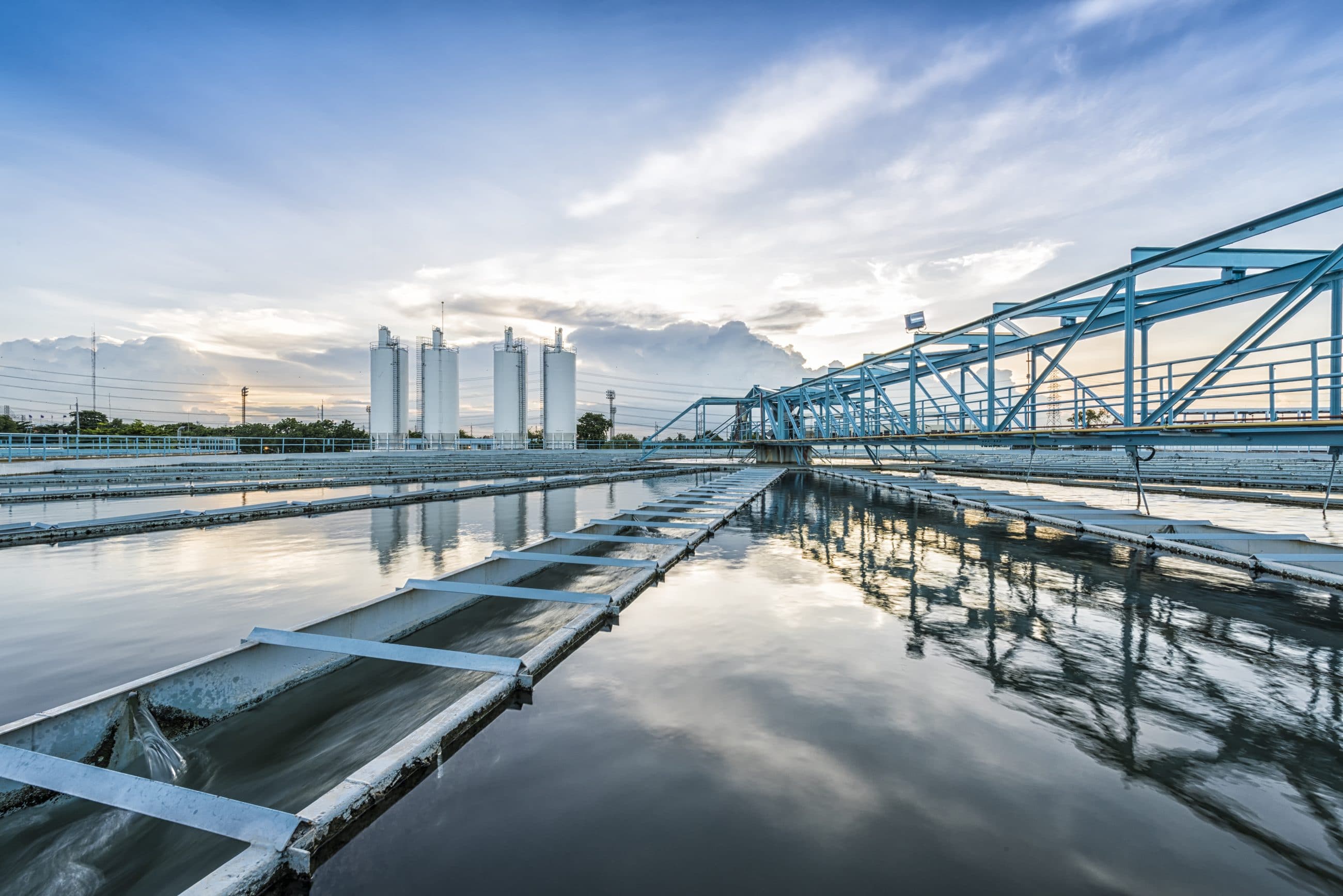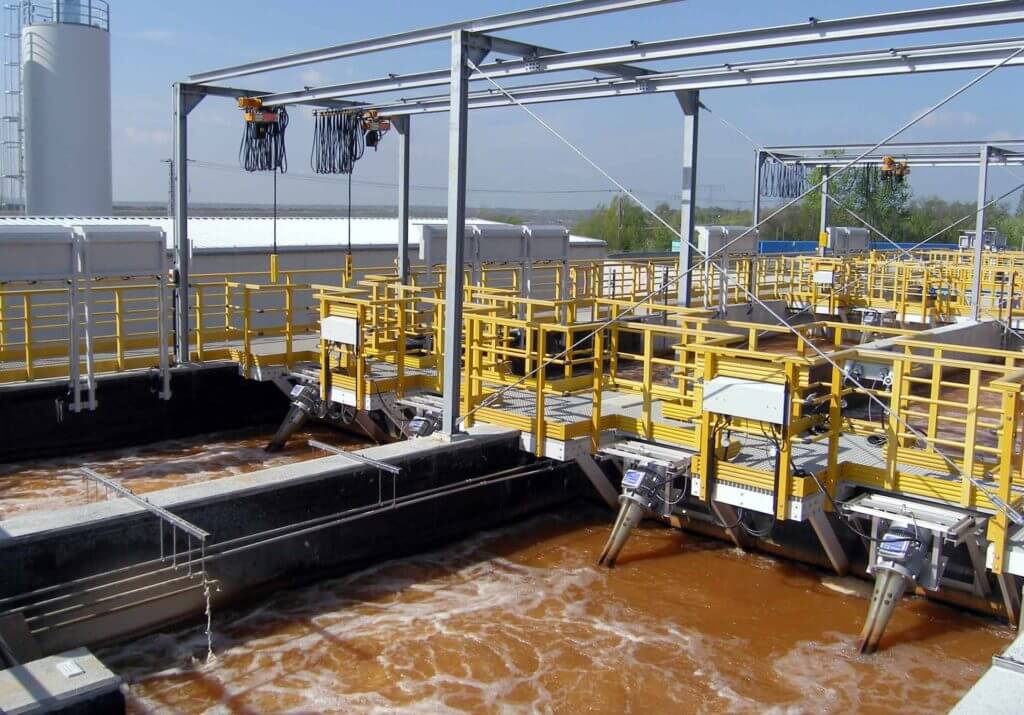Industrial Waste Water Treatment-- Secure the Atmosphere with Specialist Water Treatment Solutions
Industrial Waste Water Treatment-- Secure the Atmosphere with Specialist Water Treatment Solutions
Blog Article
Technologies and Breakthroughs in Industrial Waste Water Treatment Technologies
The landscape of commercial wastewater treatment is undergoing a transformative shift, driven by advancements that improve both effectiveness and sustainability. As regulatory standards advance, the integration of AI and equipment learning right into wastewater management systems assures to guarantee and enhance procedures conformity.
Overview of Drainage Therapy Technologies
Wastewater therapy technologies include a series of techniques made to remove impurities from commercial effluents before their release into the setting. These technologies are vital for keeping eco-friendly balance and guaranteeing conformity with ecological policies. The primary groups of wastewater therapy consist of physical, chemical, and organic methods, each serving distinct purposes based on the nature of the impurities existing.

Biological therapy techniques employ bacteria to deteriorate raw material, making them particularly efficient for organic-rich effluents. Strategies like triggered sludge and biofilm reactors harness the all-natural degradation abilities of germs, bring about substantial reductions in biochemical oxygen demand (BOD)
Advanced Purification Strategies
Advanced filtration strategies stand for an important advancement in the world of commercial wastewater treatment, enhancing the effectiveness of pollutant elimination procedures. Industrial Waste Water Treatment. These approaches incorporate a series of innovations, including microfiltration, ultrafiltration, nanofiltration, and reverse osmosis, which supply sequential obstacles for different bit sizes and chemical structures
Microfiltration and ultrafiltration use membrane systems to get rid of put on hold solids, bacteria, and bigger organic particles, improving the top quality of effluent previous to additional treatment. Nanofiltration connects the void between ultrafiltration and turn around osmosis, efficiently getting rid of natural compounds and divalent ions, hence decreasing the load on downstream procedures.
Reverse osmosis supplies the highest degree of filtration by allowing just water and small particles to travel through its semi-permeable membranes, making it perfect for reclaiming top notch water from commercial effluents. Recent improvements in membrane layer modern technology, consisting of the development of even more sturdy and fouling-resistant materials, have actually considerably improved operational efficiency and lowered costs.
Integrating these innovative purification techniques not only improves the total therapy process however likewise adds to sustainability efforts by making it possible for water reuse and source recovery in commercial settings. (Industrial Waste Water Treatment)
Organic Treatment Technologies

In addition, the advancement of engineered biological systems, such as membrane layer bioreactors (MBRs), integrates biological treatment with innovative membrane layer filtration. This combination have a peek at this website enables greater effluent quality and lowered impact, making it ideal for space-constrained commercial centers. Innovations in genetically engineered microbes have additionally emerged, improving the biodegradation of particular pollutants, such as pharmaceuticals and heavy metals, that are traditionally testing to eliminate.
Furthermore, the application of bioaugmentation approaches, where valuable germs are presented to boost the existing organic treatment procedures, has shown appealing results in boosting therapy efficiency. These developments collectively signify a pattern towards even more lasting and effective organic treatment methods that can adjust to the advancing complexities of commercial wastewater streams. As industries remain to focus on environmental conformity, these internet organic innovations will certainly play an important duty in wastewater monitoring.

Source Recovery Techniques
In commercial settings, the combination of source recuperation methods has become significantly vital for improving sustainability and reducing waste. These approaches concentrate on drawing out beneficial products and energy from wastewater streams, thus changing potential contaminants into reusable resources.
One famous method is nutrient recovery, where nitrogen and phosphorus, typically existing in excess in wastewater, are recorded and exchanged fertilizers. This not just decreases environmental effects however also provides a round economic climate solution for farming applications. In addition, innovations such as anaerobic digestion enable the conversion of organic waste right into biogas, a sustainable energy source that can balance out fossil gas use in commercial procedures.
Furthermore, advanced purification and membrane layer innovations help with the recovery of commercial spin-offs such as salts and metals. These recovered products can be rehabilitated into manufacturing procedures, decreasing the demand for virgin resources.
Future Trends in Drainage Management
As industries progressively focus on sustainability, the future of wastewater administration is readied to undergo considerable transformations. Technical improvements, such as fabricated intelligence and equipment knowing, will make it possible for more effective tracking and administration of wastewater systems. These modern technologies can anticipate upkeep demands, maximize therapy procedures, and enhance decision-making, eventually reducing functional costs and ecological impact.
Moreover, the assimilation of circular economy principles will certainly play an important duty in wastewater monitoring. Industries are expected to change towards systems that not just treat wastewater yet likewise recuperate useful sources, such as nutrients, water, and power. This shift will certainly decrease waste and advertise the reuse of materials, aligning with global sustainability goals.
Emerging treatment techniques, such as membrane bioreactors and progressed oxidation processes, will original site certainly even more enhance the performance of wastewater therapy, enabling better effluents appropriate for reuse. Furthermore, regulatory frameworks are likely to evolve, stressing stricter criteria for wastewater discharge and encouraging sectors to adopt ingenious therapy solutions.
Verdict
In conclusion, the advancement of industrial wastewater treatment modern technologies demonstrates a significant change towards boosted performance and sustainability (Industrial Waste Water Treatment). Technologies in advanced purification strategies, biological therapies, and source recovery methods highlight the industry's commitment to ecological stewardship.
The landscape of industrial wastewater treatment is undergoing a transformative shift, driven by advancements that improve both effectiveness and sustainability.Wastewater therapy technologies encompass a variety of methods designed to get rid of contaminants from commercial effluents prior to their launch into the setting.Taking advantage of the power of organic procedures has actually led to significant technologies in the therapy of industrial wastewater.In addition, the application of bioaugmentation strategies, where beneficial microorganisms are presented to enhance the existing organic therapy procedures, has shown encouraging results in improving treatment efficiency. These innovations jointly signify a trend towards even more reliable and sustainable organic therapy techniques that can adjust to the advancing complexities of commercial wastewater streams.
Report this page